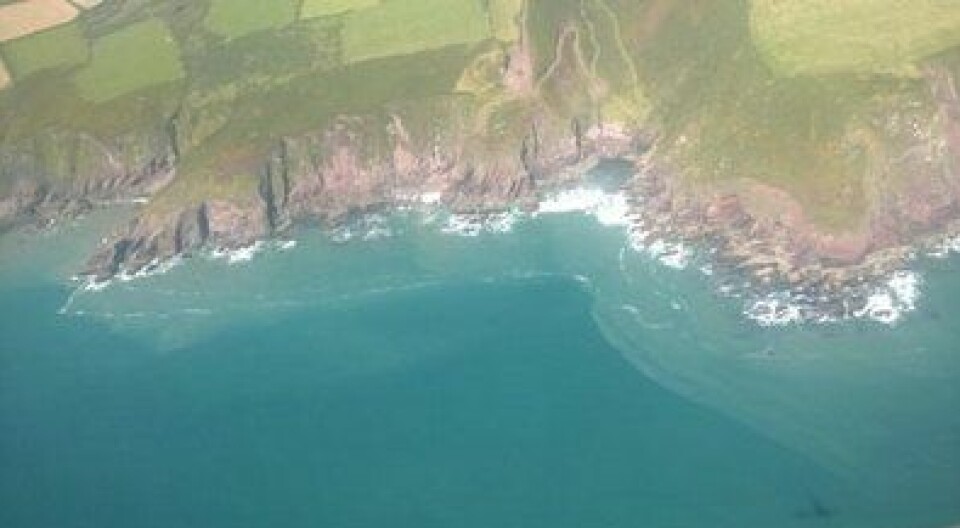
Study finds no association between Scottish salmon farming and algal blooms
A study has concluded that nutrients from salmon farms are unlikely to be responsible for harmful algal blooms (HABs) in Scottish waters.
It has previously been hypothesised that such nutrients have the potential to increase phytoplankton abundance and lead to intensification of HABs that can negatively impact both the finfish and the shellfish industries.
To test this hypothesis, researchers from the Scottish Association for Marine Science (SAMS) used data from a 15-year weekly HAB monitoring programme and parallel national monitoring data relating to salmon farm stocking biomass to look for correlations between the two. Biomass was used as a proxy for nutrient load added to the water column due to fish farming.
Research focused on HAB taxa that most frequently impact shellfish farms and human health in the region (Dinophysis spp., Alexandrium spp. and Pseudo-nitzschia spp.), and cell abundance of one phytoplankton species of particular concern to the salmon farming industry (Karenia mikimotoi).
Regression models
Linear regression models were used to assess (i) inter-annual variation in cell abundance and total annual farmed salmon biomass; (ii) intra-annual (monthly) variation in harmful phytoplankton cell abundance and salmon biomass; (iii) a further analysis included seasonal effects within the intra-annual analysis.
The open access study, published in the journal Harmful Algae, found that farmed salmon biomass alone had a non-significant effect on cell abundance of any of the studied phytoplankton taxa. In contrast, a significant effect on cell abundance was found when using location, month, or season as the predictive variable.
Despite the non-significant impact of fish biomass on phytoplankton counts, the relationship varied seasonally, with a different response of Dinophysis spp. indicating a taxa specific interaction.
The researchers wrote that a possible explanation for the lack of a significant relationship between farmed salmon and harmful phytoplankton cell abundance is that aquaculture farms are generally located in hydrodynamically energetic locations where recurrent flushing likely allows efficient dilution of nutrients.
“This study clarifies a controversial relationship found in the literature, but caution is still needed when generalising the non-significant effect of fish biomass, to locations with localised dynamics,” they concluded.






















































